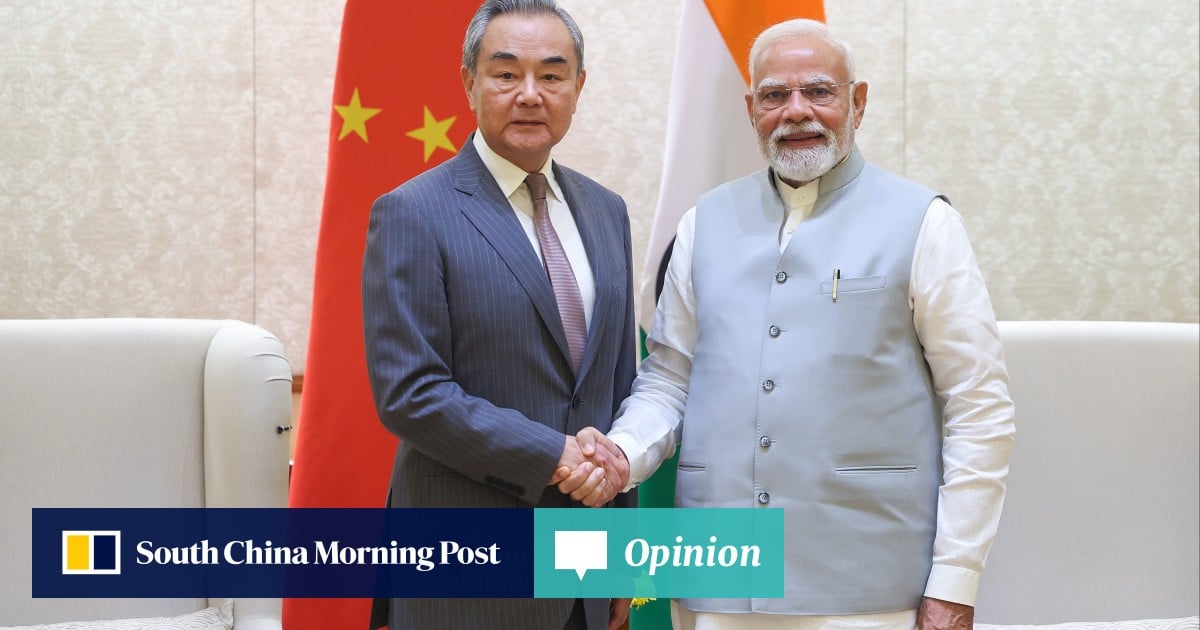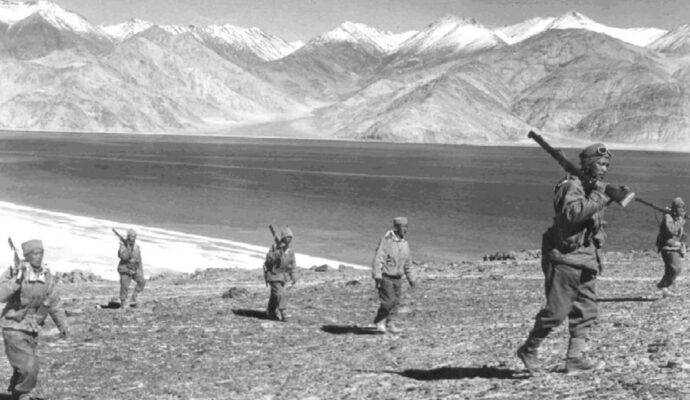
The evolving dynamics between China and India, the world’s most populous nations and rising economic powers, are at a critical juncture. Recent developments have shown encouraging signs in bilateral relations, with both sides expressing a willingness to re-engage constructively.
Advertisement
Foreign Minister Wang Yi recently visited New Delhi, where he met Prime Minister Narendra Modi, External Affairs Minister Subrahmanyam Jaishankar and National Security Adviser Ajit Doval. This has renewed the momentum of high-level exchanges and paved the way for Modi’s visit to China for the Shanghai Cooperation Organisation (SCO) summit at the end of August.
The shifting geopolitical environment has given the two countries a major strategic opportunity to achieve common understandings and reset bilateral relations. To do so, however, requires Beijing to adopt a pragmatic approach and view New Delhi as a partner in the reform of the regional and global order. Restarting talks on India’s participation in the Regional Comprehensive Economic Partnership (RCEP) can be a crucial step towards constructive collaboration in the longer term.
Notably, after President Xi Jinping and Modi met at the Brics summit in Kazan, Russia, last October, both countries have initiated discussions to restart direct air services, which had been suspended since 2020. This was followed by their agreement to lift travel bans on each other’s citizens. In July, Niti Aayog, a government think tank in India, proposed relaxing investment ownership restrictions on Chinese entities.
These overtures are particularly significant against the backdrop of global economic and political uncertainties. While US Vice-President J.D. Vance’s visit to India in April had raised expectations of a deepening strategic partnership against China at the time, President Donald Trump’s decision to raise tariffs on India to 50 per cent has encouraged Delhi’s pivot towards Beijing.
Advertisement
For far too long, China and India have viewed each other primarily through the lens of rivalry. This competitive dynamic is rooted in their shared self-perception as ancient civilisations with aspirations for regional and global leadership. The tension has been exacerbated by long-standing and unresolved territorial disputes, most notably the Galwan Valley clash in June 2020, which resulted in casualties on both sides and a significant deterioration in relations.


